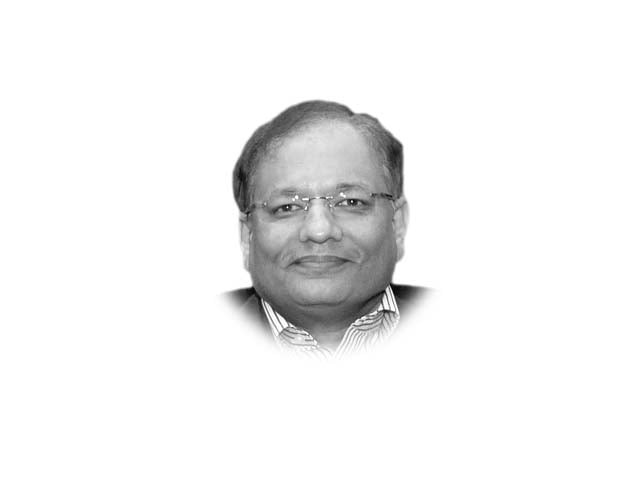A Tale of Two Pakistans
Recent UNDP publication reveals that it is the best of times for privileged few and the worst for the underprivileged

Charles Dickens’s epic novel A Tale of Two Cities begins with the famous lines — “It was the best of times, it was the worst of times”. The recent UNDP publication ‘Pakistan National Human Development report 2020” reveals that it is the best of times for a privileged few while it is the worst of times for the increasing underprivileged. The report outlines the widening gulf and massive disparities between the rich and the poor segments of our population. The report clearly highlights the uneven distribution of the benefits of development in our society. While on the one hand, a small segment of the population has human development indices comparable to the more developed countries of the world, on the other hand the indicators of a vast majority compare with countries in sub-Saharan Africa. The report shows that 16% of the total property in the country is owned by just 1% of the population while 22% of farmland is owned by 1% of the large landowners.
An important factor that widens and perpetuates the rich-poor divide is unequal access to social services including education and health. The literacy rate among the richest quintile is 79% while in the poorest it is 30%. Life expectancy in the richest quintile is 70 years while for the poorest it is 61 years. The richest households have better access to health services, 65% have access to tap water compared to 36% among the poorest. Vaccination coverage among the richest quintile is 80% while in the bottom quintile it is 38%. Delivery in health facilities is 92% among the richest and 42% in the poorest quintiles.
While there are several financial and economic strategies that the government can follow to close the gap between the rich and the poor, an approach that needs more attention is to lower our rapid population growth rate. There is now abundant evidence to show the undeniable link between poverty and household size. It is estimated that poorer households tend to be 40% larger than non-poor households. Poor families can be helped to graduate out of poverty by providing them access to affordable health care that includes family planning services. It is estimated that the likelihood of a household to fall below the poverty line increases by about 22% with the addition of one person. Currently family planning use in the lowest quintile is 20% while in the highest it is 45%. Conversely the unmet need for family planning services is 22% in the poorest, compared to 13% among the richest quintile. The average number of children a woman has in the highest wealth quintile is 2.8 while in the lowest wealth quintile it is 4.9.
A high population growth rate reduces government investment in human and physical capital development making it harder to remove societal inequalities, it also leads to lowering wages and household investments thereby exacerbating poverty. A smaller household size implies more household savings, enhancing the standard of living, thereby enabling families to invest in children’s education, health and nutrition. Currently poorer families are able to spend a maximum 2% of their income on their children’s education.
Family planning has been identified as the most cost-effective intervention to foster human development and poverty reduction. The existing poverty alleviation schemes in the country such as the Ehsaas programme should focus at helping poor rural women to easily access family planning services at both the public and private sector facilities through the provision of vouchers that cover the private provider fees and associated travel costs.
Published in The Express Tribune, August 25th, 2021.
Like Opinion & Editorial on Facebook, follow @ETOpEd on Twitter to receive all updates on all our daily pieces.















COMMENTS
Comments are moderated and generally will be posted if they are on-topic and not abusive.
For more information, please see our Comments FAQ